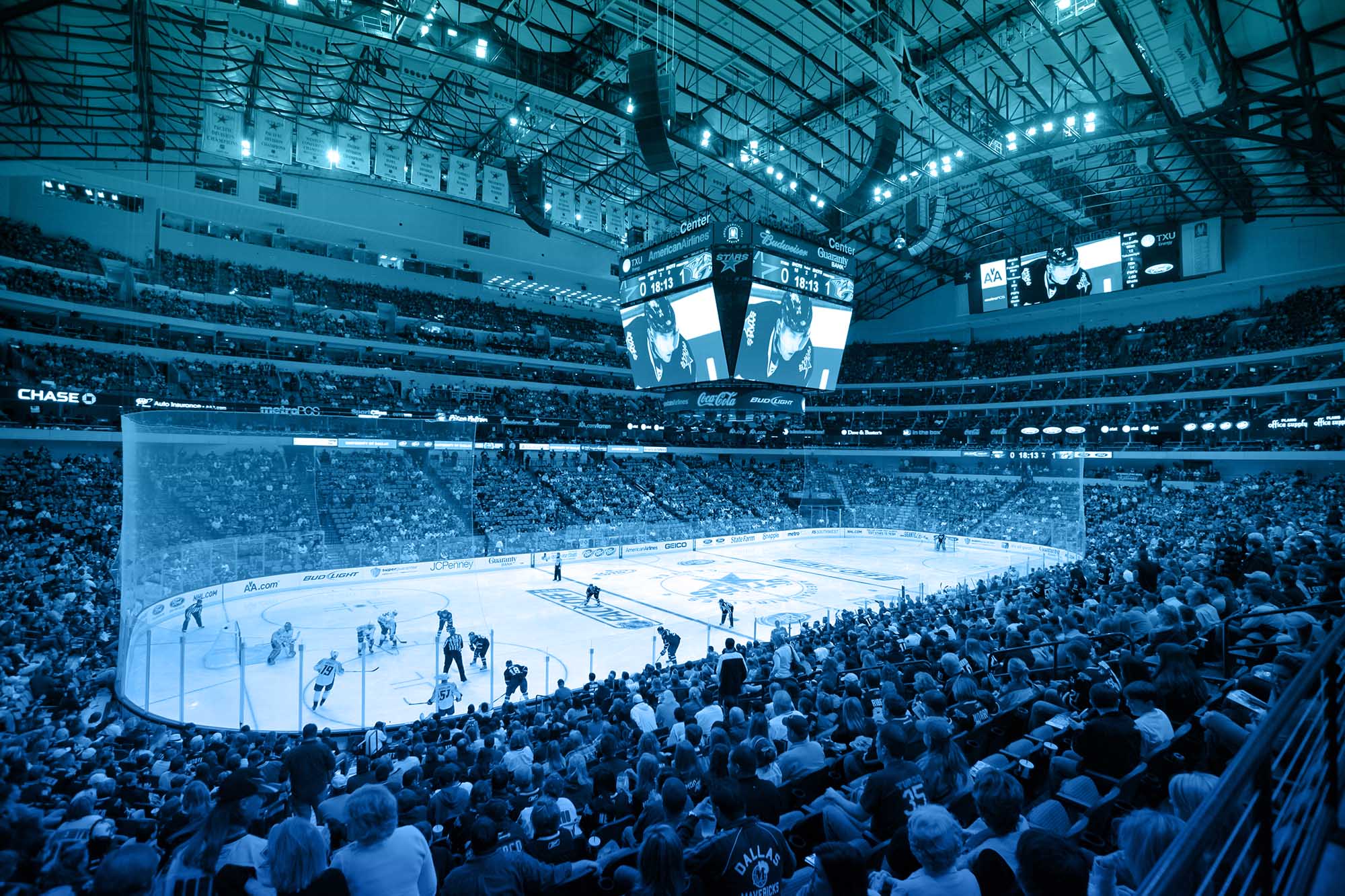When your live events venue is looking to invest in new audio-video solutions, video tends to steal the show. That massive video board might be your centerpiece, but it’s nothing without a professional sound system: skimp on the speakers, and you’ll regret it.
Sound plays an increasingly central and varied role: from riling up the crowd and enhancing the fan experience, to conveying important safety messages—but not all sound systems are created equal. While many venues leave sound to local integrators and don’t think twice, you can always benefit from a bit of due diligence and comparison-shopping.
You may want to visit various venues with competing sound systems, have them play an identical sound file, and listen for yourself. Here are the most critical criteria to keep in mind as you compare sound solutions.
INTELLIGIBILITY
At first blush, intelligibility—a measure of how well an average listener can distinguish and comprehend sounds—might seem subjective.
In reality, it can be empirically measured using a number of standards, primarily STIPA, an acronym for Speech Transmission Index for Public Address systems. This measurement is an IEC worldwide standard for testing.
It’s also vitally important, and not only for the most obvious reasons. Of course, high intelligibility serves as a general mark of quality for a sound system—but it can also be a matter of life-safety requirements. In extreme situations, sound systems are used to disseminate emergency messages and egress instructions as part of a fire command or other onsite Emergency Operations Center (EOC) systems.
For compliance and safety, you’ll need to ensure your sound solution can reach 0.55 on the STI scale as a minimum, but there are also plenty of reasons to raise it higher. Full dynamic range sound makes for a more compelling fan experience, whether you’re directing the crowd’s attention to your latest promotion or announcing a star player.
LOUDNESS
No matter what you’re using it for, your sound system must be loud enough.
While this is the most obvious criterion to an amateur observer, it’s more complex than it seems. The human ear doesn’t hear sounds in a vacuum—we perceive them relative to other sounds.
Measured in decibels of sound pressure level (dB SPL), your sound system should be at least 10 dB SPL above the expected ambient noise. For example, a typical football crowd can get as loud as 95 dB SPL, so a well-designed system should be able to reach 105 dB SPL.
Keep in mind that decibels are measured on a logarithmic scale, which means small amounts can make a major difference. Going from 95 dB to 105 dB is perceived as twice as loud and takes over four times as much energy to produce. Not surprisingly, the cost for greater loudness is similarly exponential.
That means you want to find the sweet spot: loud enough to be heard over the ambient noise, but not so loud that you’re doubling your costs for extra decibels that you don’t really need. Every venue will have a different threshold: professional sound designers can model your location’s exact structure to find the correct balance of budget and quality.
COVERAGE
After intelligibility and loudness, you have to consider coverage. Your speakers might sound loud and clear to someone sitting directly in front of them, but what about the people in the corner bleachers?
A good loudspeaker system delivers the same sound quality to every seat in the house. This is also more complicated than it seems. An inconsistent coverage pattern will result in “dead spots”—certain seats will only be able to hear muddy, interfering echoes instead of a single direct sound. Again, this is best solved through advanced computer models, which account for the architecture and seating layout of your particular venue.
Large scale sound systems for live events venues can be broken up into two major categories: distributed sound systems, in which there are many loudspeakers arrayed around the venue, and point source systems, in which the sound emits from one source.
Most venues assume that a distributed system is the only real option, but that’s a common misconception. While they offer clear benefits, including more even coverage, distributed systems are also significantly more expensive.
Some venues are particularly ill suited for distributed systems, and the costs for the necessary infrastructure can be enormous. With recent advances in point source technology, you may find that a simpler solution can fulfill your needs at a fraction of the cost.
FREQUENCY
A sound system’s frequency response refers to its basic tonality. Powerful, heart-thrumming bass comes from low frequencies, high-pitched sound effects come from the top, and intelligible speech is based on the combination, creating a full range of frequencies.
It’s important to ensure your sound system meets the expectations of your fans. A sound system optimized for speech will have a different dynamic range than a system built for dubstep music, for example. If your venue is only using it for announcements, a different frequency response will need to be optimized, while if you plan to incorporate lots of music, a different set of rules apply for optimization. The key challenge for a good sound designer is to create a design that does both—it’s not impossible, but it requires lots of practical experience.
Your video board will always be the first thing that captures fans’ eyes, but the sound system is what keeps them tuned in. Compare competing systems with these key criteria and keep an ear out for a solution that resonates with your particular needs.


